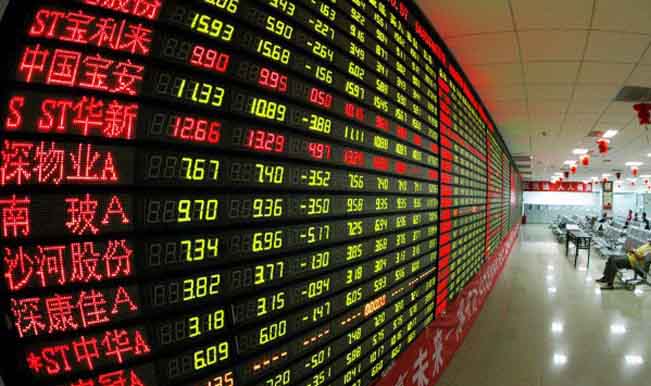
If the stock market would work like people assume it does, the Chinese economy should be steadily growing. It is widely considered the quickest-booming economy on the globe and had its fair share of corrections and stock selling activity in 2015. So, in 2016, why aren’t stock prices going higher?
First and foremost, let’s put things into perspective. The maximum point of the Shanghai Composite (the biggest index in China) was hit on June 12th, 2015. From then on, stock prices declined with more than 30%, finishing the year very close to the values where it begun. 2016 brought more bad news, with stocks going further down week in and week out and now sitting currently below Jan 2015 lows, with no signs of improvement in sight.
The factors behind this continuous drop are a handful. The panic that the continuous drop in stock prices can trigger margin calls is one of them, pushing prices lower every day. Trading volume has thinned considerably and Chinese authorities have even been forced to close the trading day early on the 4th of January after share prices dropped with more than 7%. The confidence in the Chinese economy seems to be low, while recent economic indicators, especially from the manufacturing area, did not bring any good news to the table.
Overall losses for 2016 stand a whopping 22% when the end of January is in sight. This accounts for more than 12 trillion yuan, or $1.8 trillion. Although the numbers from the economy did not help stock market prices, they aren’t quite that bad. There are voices signaling that China’s government is the main force driving stocks lower in order to avoid a potential bubble that could have disastrous effects on the economy.